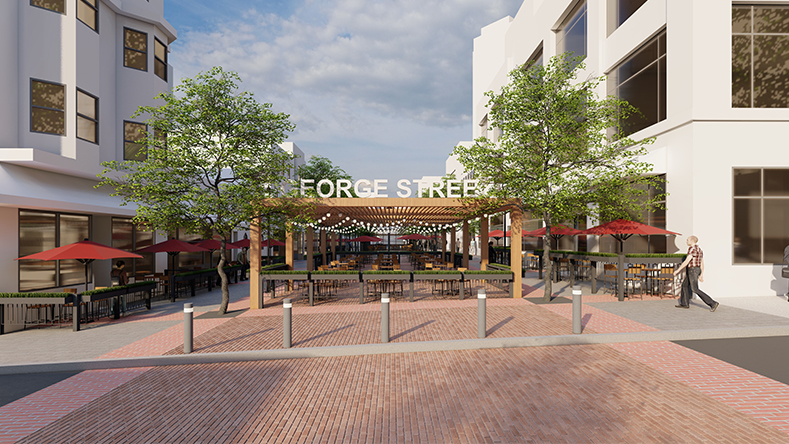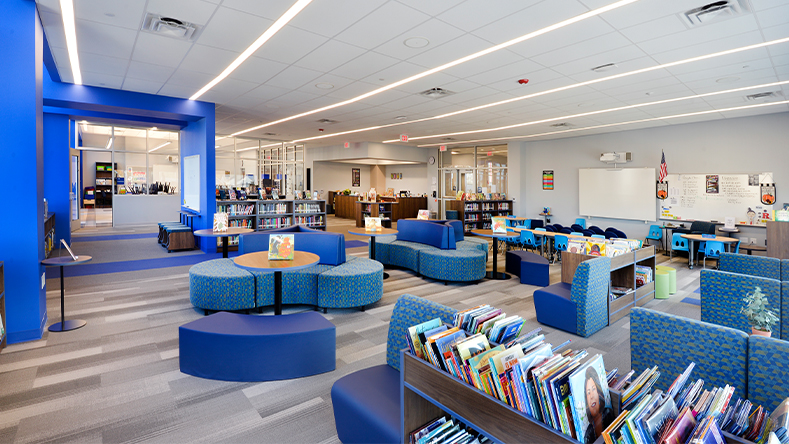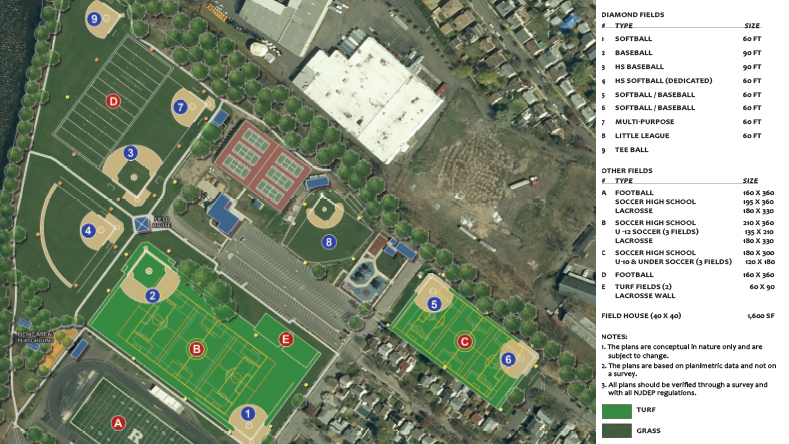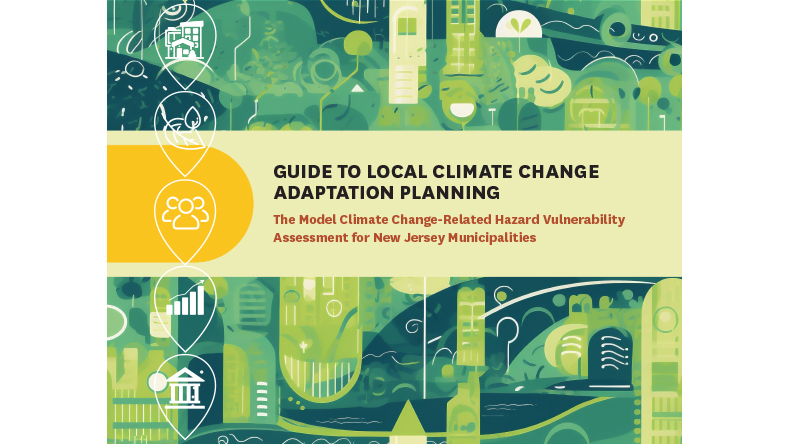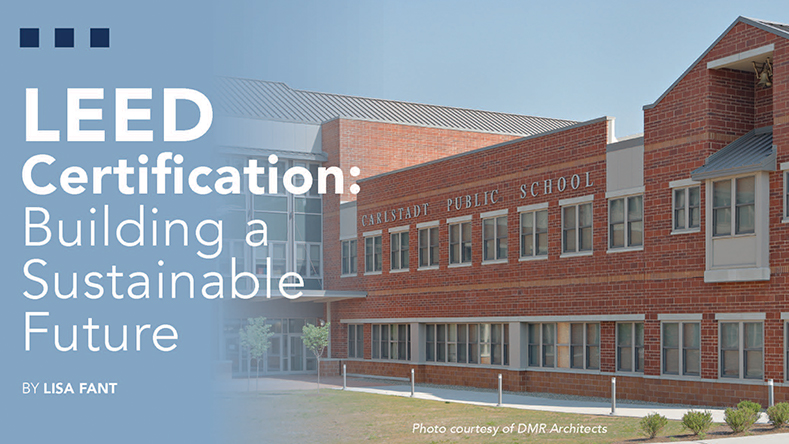Responding to the desire for continued outdoor dining and experiences, New Brunswick’s mayor and council reviewed an impact study and design concepts for a reimagined George Street at their January 17 meeting.
One of the design options is for the conversion of George Street, between Bayard and Albany Streets, to become a pedestrian only mall that features year-round activation including outdoor dining, performance spaces and winter festivals.
The closure of the three-block area was first explored during the COVID-19 pandemic to allow for its restaurants to safely stay open, which then morphed into a lively area that also hosted art shows, football watch parties and live music.
DMR provided four options including a no-build which would keep the existing, summer only closure, one-way traffic conversions for either vehicles only or buses only, and a complete closure to convert the area into a permanent pedestrian plaza. As part of the assignment, DMR studied how these options would impact traffic on nearby streets, emergency vehicle access, public transportation routes for NJ TRANSIT and Rutgers University buses, as well as parking, wayfinding, and trash and recycling pickup.
The plans could provide for a central 24 ft. wide spine, which includes outdoor seating and temporary Tivoli lighting during the spring, summer and fall months and year-round programming.


